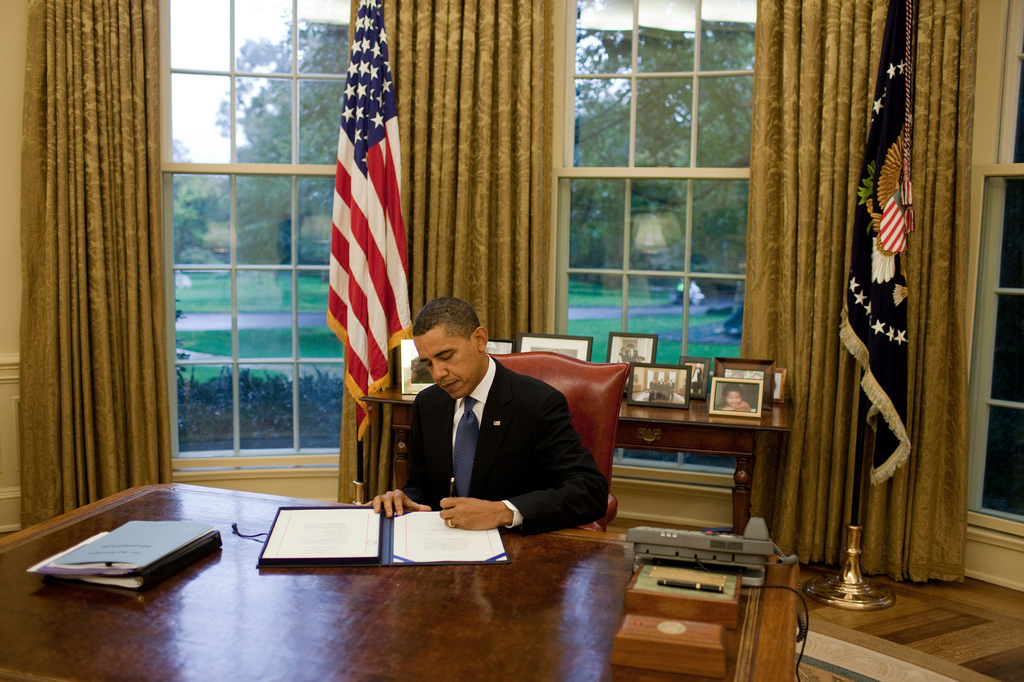Tomorrow, President Obama and a bipartisan group of Congressional leaders are expected to convene at the White House to draft a roadmap for moving forward with Comprehensive Immigration Reform in 2009.
Despite Press Secretary Robert Gibbs’ dismal legislative voter forecast for moving forward this year, President Obama has continually reaffirmed his commitment to a “fair, practical and promising way forward” for immigration reform. Last week, President Obama spoke at the Esperanza National Hispanic Prayer Breakfast:
For those who wish to become citizens, we should require them to pay a penalty and pay taxes, learn English, go to the back of the line behind those who played by the rules. That is the fair, practical, and promising way forward, and that’s what I’m committed to passing as President of the United States.
Gibbs’ reservations, however, aren’t without merit. The immigration issue has long been a divisive and controversial wedge issue. According to the Library of Congress, there have been more than 2000 attempted immigration bills and resolutions (most of them negative) proposed over the last 20 years which spans back to the 101st Congress.
The time, however, to move forward on immigration reform is now. According to a recent ABC News/Washington Post Poll, 61 percent of Americans support giving illegal immigrants “the right to live here legally if they pay a fine and meet other requirements”—up from 49 percent in 2007.
Economists, too, say that the time is ripe for reform—especially during an economic downturn when the economy needs a boost. Former Dow Jones VP, L. Gordon Crovitz, argues that immigration reform and economic growth go hand-in-hand.
An economic downturn is the right time to move on immigration, one of the few policy tools that could clearly boost growth. The pace of lower-skilled migration has slowed due to higher unemployment. This could make it less contentious to ease the path to legalization for the 12 million undocumented workers and their families in the U.S. It’s also a good time to ask why we turn away skilled workers, including the ones earning 60% of the advanced degrees in engineering at U.S. universities.
And today at a Migration Policy Institute event at Georgetown University Law Center, Senate Subcommittee Chairman Charles Schumer (D-NY) laid out seven guiding principles for passing immigration legislation this year—a process Schumer believes the American people and the President are firmly behind:
All of the fundamental building blocks are in place to pass comprehensive immigration reform this session and, even possibly, later this year,” Schumer said. “I truly believe that [President Obama’s] leadership will be the critical difference in getting us over the hump this time around.
The American people now look toward Congress to develop a comprehensive immigration reform package that includes bringing people out of the shadows, strong border enforcement, legal channels for immigrant workers, a strong naturalization and integration program, and mostly importantly, the checks and balances necessary for a 21st century immigration system.
FILED UNDER: undocumented immigration


